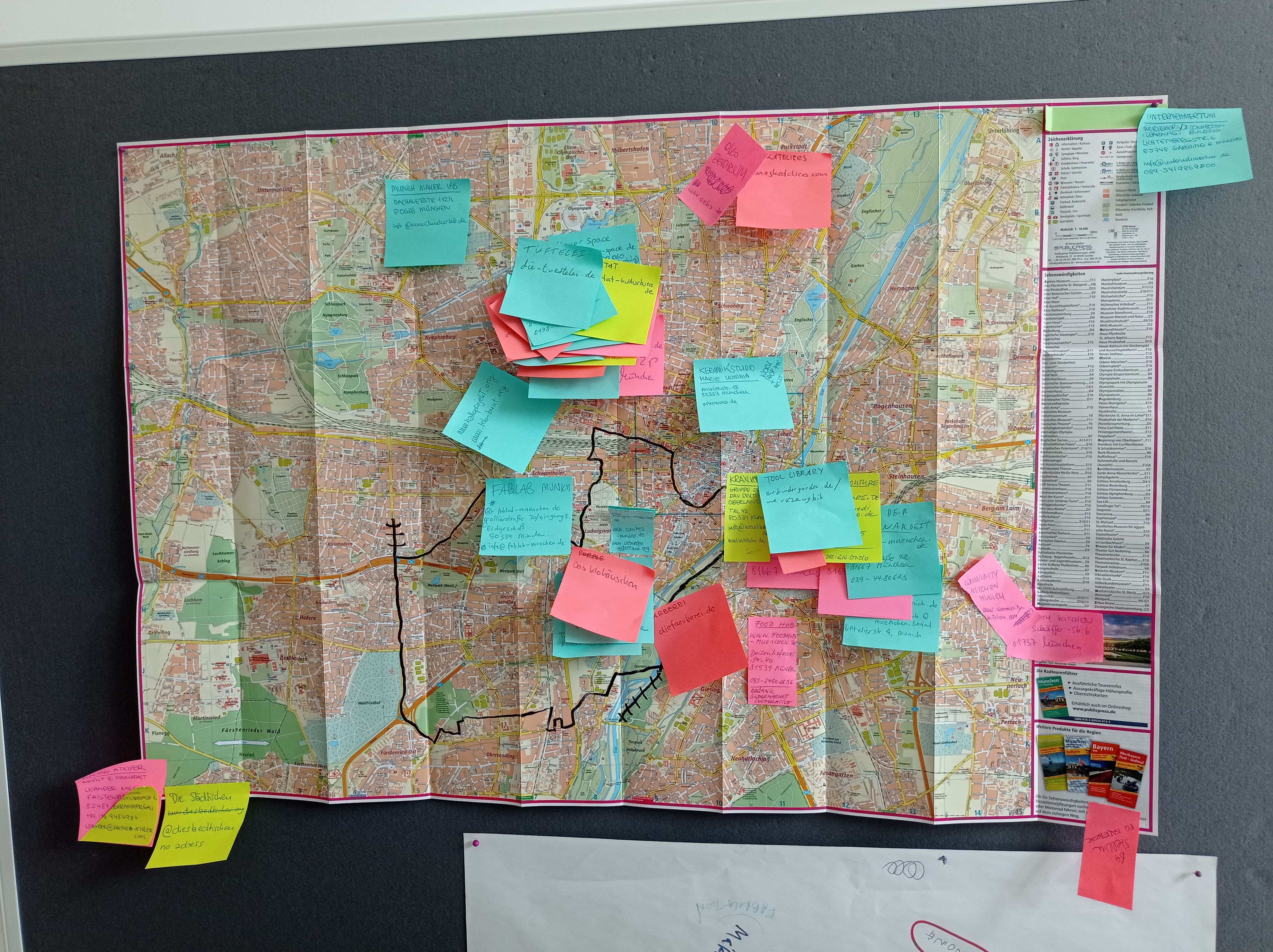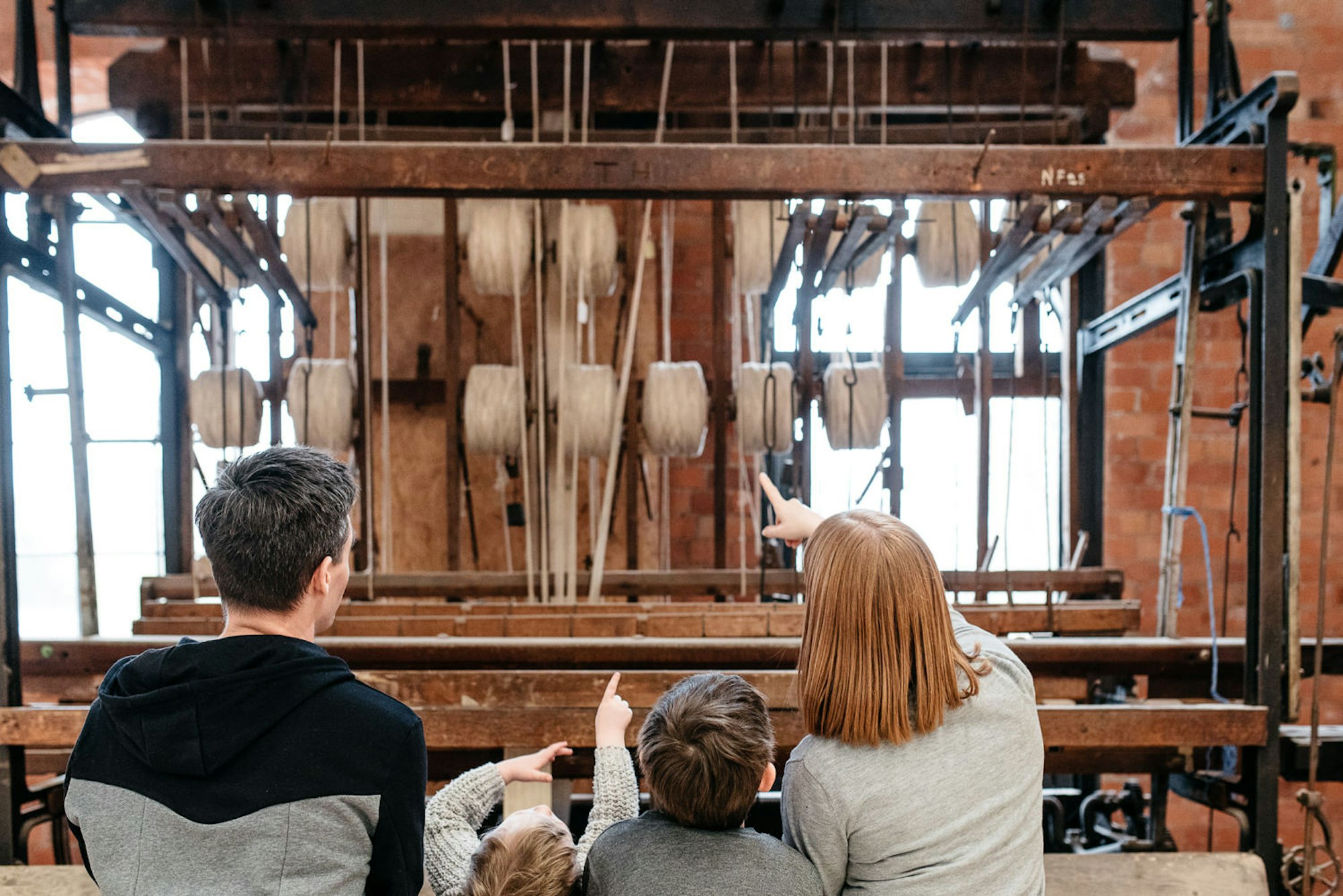FAB : The Coming Revolution on your Desktop - from Personal Computers to Personal Fabrication

‘Fab’ is an important book. A thumbed through paperback that has inspired thousands of individuals to start making (almost) anything for themselves.
Written by Neil Gershenfeld, director of MIT’s Center for Bits and Atoms, the book discusses the origins and benefit of Neil’s idea for publically accessible workshop spaces. These spaces, now known as “Fab Labs” are intended to be used for custom making, experimentation and prototyping. The intended result is that individuals can make, use and enjoy complex (often electronic) objects, without relying on companies needing a mass market to manufacture them in.
The idea was born out of a class Gershenfeld directed at MIT in 1998. The class was titled “How to make (almost) anything”, and Gershenfeld filled it with students from a variety of backgrounds - biologists, to computer scientists, artists and mathematicians to architects and engineers. The premise was for students to make the things that they had always wanted, but didn’t already exist. Gershenfeld simply gave them the environment, the tools, the machines and the equipment so that they could programme and fabricate these ideas themselves. Machines such as 3D printers, CNC Machines or laser cutters, which at the time would typically only be found within industry, or university research labs.
Throughout the book we hear of these early student projects, interspersed with grainy ‘work in progress’ photographs, drawings and sketches. Gershenfeld describes personal projects, such as Kelly Dobson’s delightful “scream machine” - a backpack allowing panicking individuals to scream in public, but so that nobody else will hear them. He talks about the problem-solving projects, like Shelly Levy-Tzedek’s over-engineered game-play alarm clock - a beeping dome, challenging any sleeping subject to wake up by grabbing a number of glowing protuberances, eventually activating a well deserved snooze mode. Then there are the lighthearted projects, customising a pair of trainers or making a gift for a friend. The feeling is of pioneering DIY optimism, opening up education, and celebrating the possibilities of what Gershenfeld goes on to refer to as “personal fabrication”.
Why is it useful?
This book is now eight years old - and the examples in it even older. However, the concept is still relevant, explained by the number of “Fab Labs” now popping up in almost every country in the world. Many are simply used for people making their first 3D printed keyring; or laser cutting a personalised photo frame from a website like thingiverse. Others are used for community projects, like fabricating shared buildings - or as a resource for teaching engineering and creativity skills.
Unfortunately, in recent years, FabLab’s have become a favourite for local governments and academic projects, bringing with it a wave of labs being opened - which though filled with expensive prototyping kit - tend to sit empty at the end of the engineering department’s third floor corridor, their existence unknown to the general public.
Instead, communities have now started setting up their own DIY workshop spaces. These might be called “maker spaces” or hacklabs. They might be part of the long existing collection of sculpture studios or print workshops. Online, there are a growing number of digital networks opening up access to fabrication - from garage workshop spaces, to finding local manufacturers producing affordable one-offs.
Yet, the important thing about this book is that it marked the beginning of a shift. A shift away from looking to large companies, institutions and governments to supplying citizens with products - and towards a more self reliant society. A place where we enjoy making the things that we need, in the quantities we need them in, for ourselves.
Related titles
The Makers - Chris Anderson
The New Industrial Revolution, Consumers, Globalization and the End of Mass Production - Peter Marsh
Open Design Now - The Waag Society
If you're interested in finding out more about the workshops and facilities that you can access for making in Scotland read more on our blog here
Categories
Bookshelf
Related stories
12 Days of Factory Films
Making it, Manufacturing Techniques for Product Design
The Toaster Project
Open Design Now
On Craftsmanship



